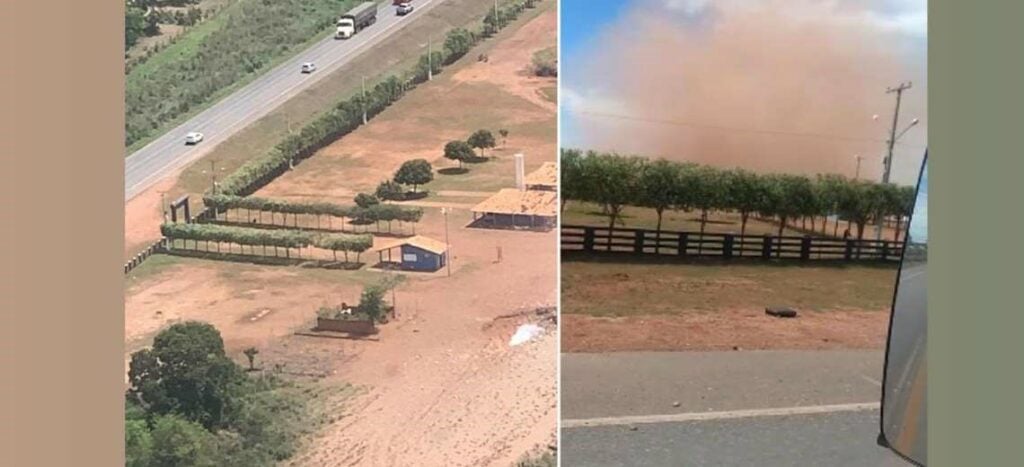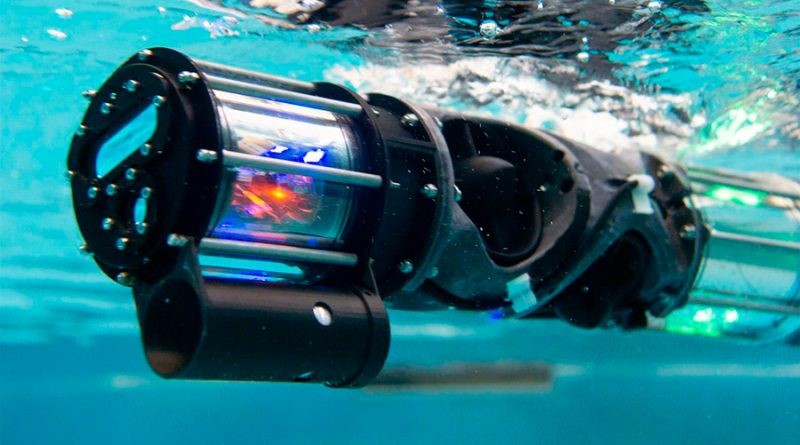Introduction
Safety in the transportation of gas is important to prevent and mitigate risks in the gas pipeline, involving prevention, detection and response measures to possible incidents. It is necessary to implement the best practices and technologies to guarantee operational safety and environmental protection in the transportation of gas through pipelines.
The transport of gas is a fundamental activity for the supply of energy to homes and companies around the world. Natural gas is a clean and efficient fuel, and transporting it through pipelines is a safe and reliable way to deliver it to consumers.
Next, we will explore the importance of security in gas transportation , focusing on the prevention and mitigation of risks in the gas pipeline. The best practices and technologies used to guarantee operational safety and environmental protection, interesting data, statistics, success stories and technological advances in each of these aspects will be examined to understand the importance of safety in gas transportation.
Importance of safety in the transport of gas in the energy supply
The strategic security of the determinant gas pipeline to guarantee a stable and reliable energy supply in many parts of the world. Gas pipelines play a vital role in the distribution of natural gas, which is an essential source of energy for heating, electricity generation and industry. The importance of security lies in the need to protect these critical infrastructures from potential threats, such as sabotage, terrorism, cyberattacks, and natural disasters.
The transportation of gas through pipelines plays an important role in the world’s energy supply. According to the International Energy Agency (IEA), approximately 40% of the natural gas consumed in the world is transported through pipelines. This figure highlights the critical relevance of the pipeline as a key infrastructure for the constant supply of gas to homes, industries and power plants.
The interruption of the gas supply can have significant economic and social consequences, since it affects the daily life of people and the operation of industries. Pipeline safety implies the implementation of preventive and response measures, as well as collaboration between governments, companies and international organizations to mitigate risks. The diversification of gas routes and sources also contributes to improving safety, reducing dependence on a single supply route.
Risk prevention in the Gas Pipeline
The implementation of detailed risk analysis in the planning and design of gas pipelines is essential to identify possible vulnerabilities and take preventive measures . These analyzes consider geographic, geological and climatic factors, as well as possible human threats.
- Interesting data:
According to a report by the International Natural Gas Association (IGU), 60% of pipeline incidents are due to unauthorized excavation or nearby construction activities.
- Better practices:
Use of high-strength steel and advanced materials in the construction of gas pipelines to improve the durability and resistance of the system.
Carrying out pressure tests and emergency drills before the start-up of the gas pipeline to verify its reliability and prepare personnel to respond to possible incidents.
- Success stories:
In 2015, the “Gas Pipeline from Bolivia to Brazil” (GASBOL) experienced a leak due to a landslide in the mountainous area, the event occurred 290 kilometers from the border between San Matías and Cáceres. Thanks to the preventive measures implemented, the leak could be quickly controlled, minimizing the environmental impact and protecting the nearby communities (Figure 1).

Risk mitigation in the Gas Pipeline
The detection of possible incidents is essential to minimize the risks in the transport of gas through pipelines. Advanced monitoring and detection systems make it possible to identify anomalies and act proactively.
- Interesting data:
A US Mine Safety and Health Administration study showed that real-time monitoring systems reduce response time to an incident by 63%, thus lessening the magnitude of the potential impact.
- Innovative Technologies:
The implementation of leak detection technology based on infrared remote sensing makes it possible to monitor large extensions of gas pipelines remotely and detect possible gas leaks with high precision.
- Success stories :
The company “Gazprom” implemented an advanced monitoring system on its gas pipeline “Nord Stream 2”. This system uses drones equipped with high-resolution cameras and sensors to carry out periodic inspections and detect possible anomalies.
Environmental protection in the gas pipeline
Environmental protection is a major concern in gas transportation. Gas leaks can have a significant impact on climate change and air quality.
- Interesting data:
According to the IEA, gas leaks can emit up to 3% of the transported gas, which represents a considerable amount of methane, a potent greenhouse gas.
- Better practices:
Application of internal and external coating technologies to protect gas pipelines from corrosion and minimize the risk of leaks.
Establishment of buffer zones around gas pipelines to protect sensitive ecosystems and prevent unauthorized human activity.
- Notable personalities:
Sarah Johnson is an engineer recognized worldwide for her contributions to the field of gas transportation safety. As the director of security at a major gas pipeline company, she has led research and development initiatives into advanced technologies to ensure the integrity and security of gas pipeline networks.
Technological innovations in the gas pipeline
The gas transportation industry continues to advance innovative technologies to improve the safety and efficiency of gas pipelines.
- Featured Innovations:
Use of nanotechnological sensors to monitor the integrity of the gas pipeline at the molecular level and detect possible defects before they become major problems.
Application of underwater robotics to inspect and repair underwater gas pipelines, which allows reducing the need for human interventions and minimizing the associated risks (Figure 2).

The fiber optic sensor technology integrated into the lining of gas pipelines makes it possible to detect and locate leaks in real time, reducing emergency response time and minimizing the impact of incidents.
Advances in the use of drones for aerial inspections of gas pipelines have allowed access to remote and dangerous areas in a safer and more efficient way, improving the identification of potential problems and increasing the reliability of gas transportation.
Conclusions
The transportation of gas through pipelines is a critical component in the global energy supply, but it also carries significant risks. Safety in this process is essential to prevent and mitigate potential incidents that may affect public safety and the environment. Prevention, detection and response measures are essential to guarantee the integrity and reliability of the pipeline.
Through the implementation of advanced technologies, best practices and collaboration between companies, governments and industry experts, they ensure safe and sustainable gas transportation for present and future generations. Shared responsibility for pipeline safety is essential to meet the challenges brought by the energy industry and ensure a reliable supply, while protecting the environment and nearby communities.
In this constantly changing world, gas transportation security becomes the cornerstone for a more secure, sustainable and resilient energy future. The energy industry must remain committed to continuous improvement, innovation and the protection of the well-being of people and the planet. Together, we can build a secure and sustainable energy future for all.
Let’s prioritize safety in gas transportation . Act now!
References
Own source


